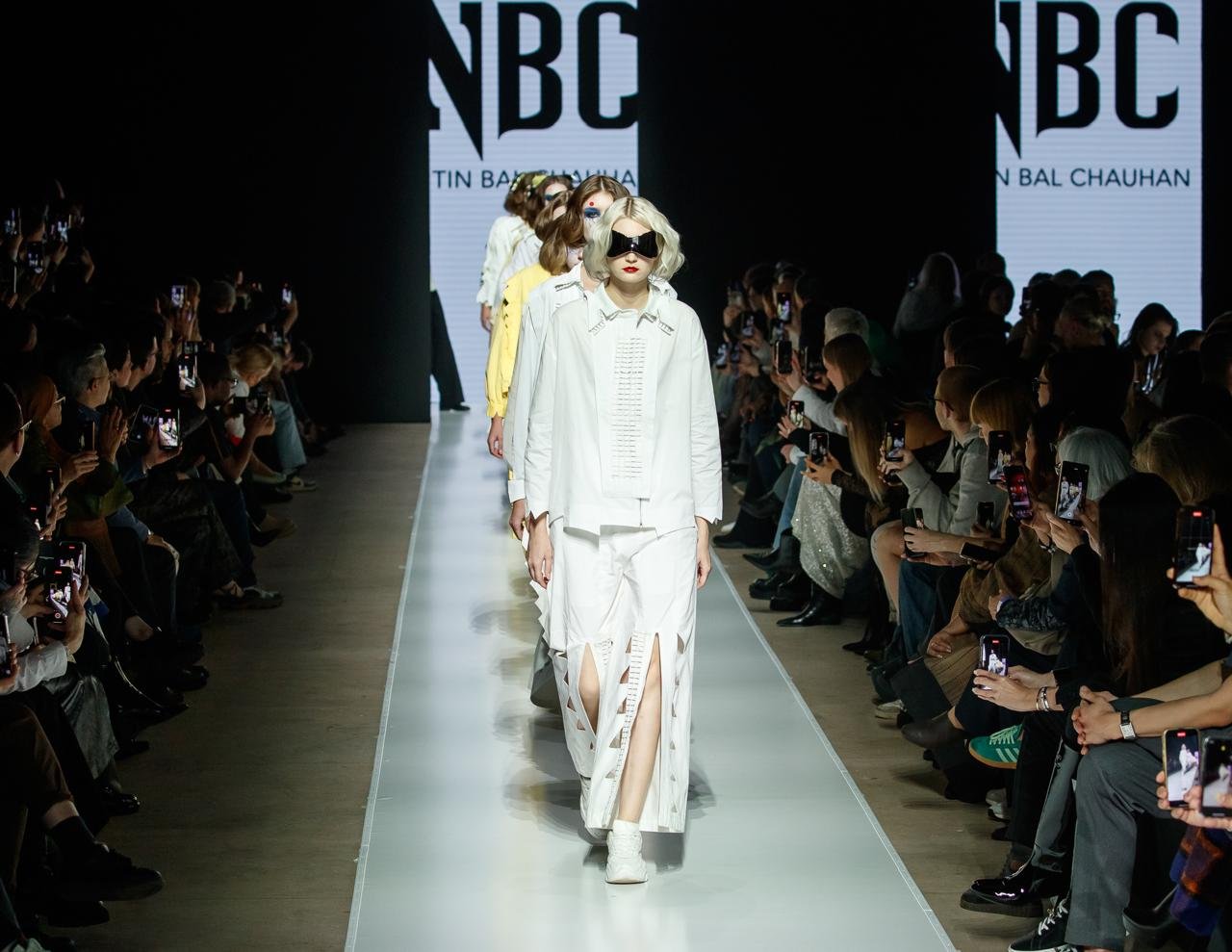The following article is attributed to Ms. Rashmi Chopra, Founder & Managing Director, ECloset
In the dynamic world of fashion, predicting trends has always been as much an art as a science. Designers, trend forecasters, and fashion houses have traditionally relied on a combination of intuition, historical data, and market analysis to anticipate the next big style. However, the advent of advanced technologies like Artificial Intelligence (AI) and digital twins has revolutionized this process, making it more precise, data-driven, and aligned with consumer needs. The marriage of fashion and technology is shaping a future where style is not just created but predicted with remarkable accuracy.
The Role of AI in Fashion Trend Prediction
AI has become a powerful tool in fashion, enabling designers and retailers to anticipate trends by analyzing vast amounts of data from various sources. This includes social media platforms, online shopping behaviors, fashion shows, and even cultural events. AI algorithms can process and analyze these data sets to identify patterns, preferences, and emerging trends.
For instance, AI can analyze millions of Instagram posts to determine the most popular colors, fabrics, and styles. It can track the rise of certain hashtags or the prevalence of specific clothing items in influencers’ wardrobes. This data is invaluable for fashion brands looking to stay ahead of the curve. By understanding what consumers are currently interested in, brands can tailor their collections to meet demand, thereby reducing the risk of unsold inventory and increasing profitability.
Moreover, AI-driven predictive analytics can also help in long-term trend forecasting. By analyzing historical data alongside current consumer behavior, AI can predict what will be popular in the coming months or even years. This allows fashion brands to plan their collections more strategically, ensuring they are always in sync with consumer preferences.
The Emergence of Digital Twins in Fashion
While AI focuses on data analysis and trend prediction, digital twins bring a new dimension to fashion by creating virtual replicas of physical garments, models, and even entire fashion ecosystems. A digital twin is essentially a digital representation of a physical object, system, or process. In the context of fashion, it can be used to simulate and visualize how a particular garment will look and perform in the real world.
Digital twins allow designers to experiment with different fabrics, colors, and patterns in a virtual environment before committing to physical production. This not only speeds up the design process but also reduces waste by minimizing the need for physical samples. Designers can also use digital twins to test the fit and movement of garments on virtual models, ensuring that the final product meets the desired standards.
In addition to aiding the design process, digital twins can also be used in retail. For example, virtual fitting rooms powered by digital twin technology allow customers to try on clothes digitally before making a purchase. This not only enhances the shopping experience but also reduces the likelihood of returns, which is a significant challenge for online retailers.
The Synergy of AI and Digital Twins
When AI and digital twins are combined, they create a powerful synergy that takes fashion trend prediction to the next level. AI can analyze data to predict upcoming trends, while digital twins can bring those predictions to life in a virtual environment. This allows designers to experiment with new styles, materials, and designs in a risk-free setting.
For instance, a fashion brand could use AI to predict that a particular style of dress will be popular in the upcoming season. Using digital twin technology, they can then create a virtual prototype of the dress, testing different fabrics, colors, and embellishments. Once the optimal design is achieved, the physical production process can begin, confident that the final product will resonate with consumers.
Moreover, this combination of AI and digital twins can also help brands respond to trends more quickly. Traditional fashion cycles, which often involve designing collections months in advance, can be shortened. Brands can react to real-time data, creating and producing garments that align with the latest consumer preferences almost instantly.
Conclusion
The integration of AI and digital twins in fashion is not just a technological advancement; it represents a fundamental shift in how fashion trends are predicted and realized. This data-driven approach allows brands to anticipate consumer desires with greater accuracy, design more efficiently, and reduce waste. As the fashion industry continues to evolve, the combination of AI and digital twins will undoubtedly play a crucial role in shaping the styles of the future, making fashion more responsive, sustainable, and in tune with the ever-changing tastes of consumers.





